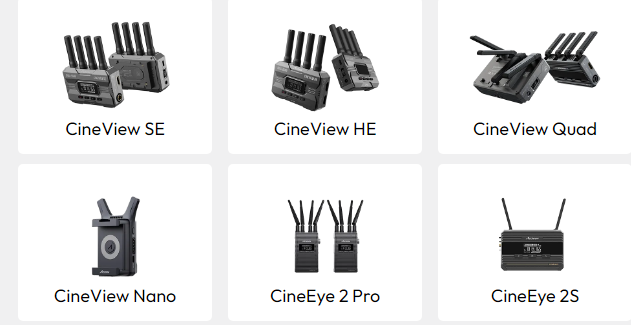When exploring the vast ecosystem of Apple products, it becomes apparent that the tech giant has chosen not to manufacture its own line of screen protectors for the iPad, despite offering a wide array of other accessories. This decision prompts a deeper examination of Apple's product strategy and consumer needs.
Apple's philosophy has always revolved around creating a seamless user experience through its hardware and software. The meticulous design of their devices aims to deliver both aesthetic appeal and functional excellence. By not producing their own screen protectors, Apple may be upholding their confidence in the durability of the iPad's glass. The screens are engineered with robust materials like aluminosilicate glass, which is designed to be scratch-resistant and durable. Offering a screen protector could imply a necessity for additional protection, which might detract from the perceived robustness of their products.
Moreover, the market for screen protectors is highly saturated, with numerous third-party manufacturers providing a plethora of options. These range from tempered glass to anti-glare films, catering to a variety of preferences that Apple might not want to compete with or limit by offering a singular solution. By not entering this market, Apple allows consumers the flexibility to choose the screen protector that best fits their individual needs without being constrained by a one-size-fits-all product.
Apple's focus on the display quality of their devices also plays a significant role in their decision to forego screen protector production. They invest heavily in developing screens that showcase vivid colors, high resolution, and responsive touch capabilities. The application of a screen protector could potentially alter the visual and tactile experience intended by Apple's design, which may be another reason they avoid endorsing such an accessory.

The environmental aspect is another angle to consider. Screen protectors, often replaced multiple times over the life of a device, contribute to electronic waste. Apple has increasingly emphasized environmental responsibility, aiming to reduce waste through sustainable practices. Steering clear from producing disposable accessories like screen protectors aligns with their environmental goals.
Parallel to this discussion is the topic of wireless technology, particularly the use of a wireless HDMI transmitter for camera setups. These devices have become integral in fields such as videography, broadcasting, and content creation, where they serve to transmit high-definition video signals from the camera to a monitor, recorder, or streaming device without the need for cumbersome cables.
The utility of a wireless hdmi transmitter for camera setups is undeniable. Such devices afford filmmakers and videographers the freedom to capture dynamic shots without being tethered to their equipment. This freedom not only enables a more creative approach to videography but also significantly improves on-set safety by reducing the risk of tripping over cables.
The choice of Apple not to produce screen protectors may seem like a minor detail in their extensive product strategy, yet it is a decision that aligns with their core values of design integrity, user choice, and environmental responsibility. In much the same way, the decision by video professionals to use wireless transmission technology reflects a commitment to freedom, safety, and quality in their work. Both decisions, while seemingly disparate, underscore a deliberate choice to enhance the user experience and operational efficiency within their respective domains.
In essence, Apple's decision not to make screen protectors is a strategic one that underscores their confidence in the design of their devices, their commitment to environmental responsibility, and their recognition of consumer choice in a competitive market. Just as a wireless HDMI transmitter liberates the camera from the confines of cables, Apple seeks to liberate consumers to personalize their device protection while maintaining the integrity of the iPad experience they meticulously crafted.
